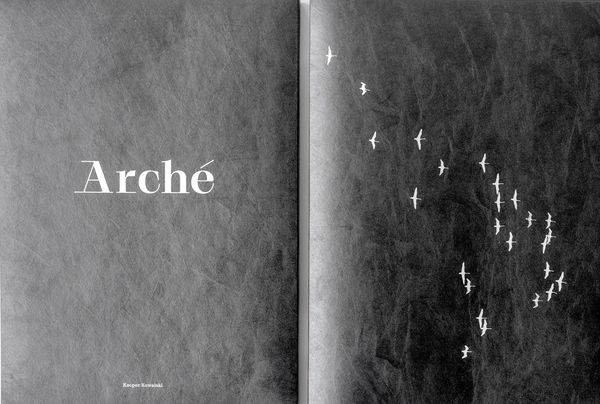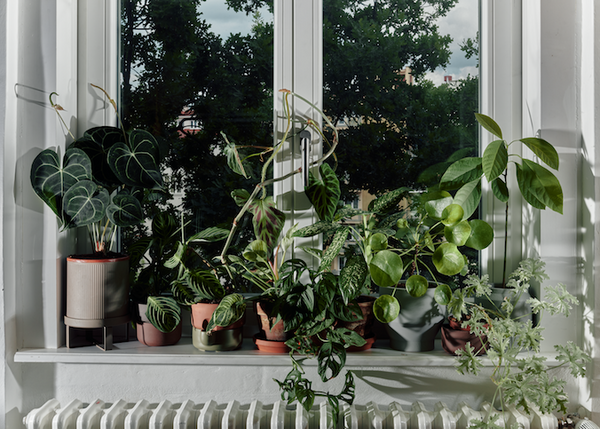Utility bills are skyrocketing, and the cold winter is just around the corner. How can people tackle high heating bills in Central and Eastern Europe?
Cold winter has been our bogeyman since the Russo-Ukrainian war broke out, but we have not yet experienced the effect of multiplied heating bills. But now, it is sometimes already freezing at night, so ensuring energy security for the citizens, especially for the poorest and most vulnerable groups, has become an increasingly pressing issue.
The coming winter in Europe will be characterized by high inflation and an economic- and energy crisis, putting many households at the edge of survival. In such a challenging situation, governments must introduce relief measures, like tax cuts, price caps, and subsidies. Otherwise, the winter of 2022/23 could end with an enormous tragedy in Europe.
Latvia provides financial and heating aid to help the population. Latvians can apply on the dedicated website for wood pellets, briquettes, firewood, or a one-off grant of €60 if their household's monthly consumption exceeds 500 kWh. According to data from early October, the one-off grant is the most popular (94%), followed by pellets and briquettes (5.5%). Only 0.5% of the applicants want firewood.

Lithuania is spending an amount equivalent to 2% of its GDP to compensate the population for increased energy prices. Electricity and gas price caps are introduced to help businesses. Besides the energy price, consumption also impacts how high are the utility bills. Thus, the Lithuanian government introduced measures to save energy: public buildings in the country cannot be heated more than 19°C, and the air conditioners cannot be set lower than 27°C. Furthermore, home office will be introduced on Mondays and Fridays, so offices do not have to be heated during these days.
The Polish government also caps energy prices for households and essential public institutions. Since 2 September, the price of energy from natural gas cannot exceed PLN 150.95 per gigajoule, while the limit for energy from other sources will be PLN 103.82 per gigajoule. Households using wood pellets or similar biomass for heating can receive a one-off allowance of PLN 3000, while those using wood will receive PLN 1,000. The scheme will run from October 2022 to April 2023 and is expected to cost PLN 1.2 billion for the Polish state. Besides households, the program also aims to help 23 000 institutions.

The Hungarian state has introduced food and fuel price caps to help the population deal with the energy crisis. The local governments can make decisions locally to help the people with skyrocketing utility prices. Municipalities with tighter budgets must close public institutions partially or completely. Public buildings can be heated only to 18°C, except nurseries, kindergartens, and primary schools, where the temperature will be at least 20°C during the winter too. The government aims to pay particular attention to small and medium-sized enterprises. SMEs operating in energy-intensive sectors will pay only 50 percent of the increase in their electricity and gas costs in October, November, and December. The government pays for the other half if it is below €500 000. In return, the businesses must commit themselves to implementing energy efficiency measures and cannot lay off more than 10 percent of their workforce before the end of 2023. The package is expected to help 10 000 firms in 116 energy-intensive sectors, supporting Hungarian businesses to remain competitive in the market. The price caps will remain for the individual households’ gas and electricity consumption until it is below the average consumption level.
Romania aims to spend 2.61% of its annual GDP on these goals. The largest share of the amount (almost half of it) goes to curbing price increases, roughly 20% to targeted assistance to the population, 15% to indirectly targeted assistance to the population, and the remaining 13 percent goes to companies to create jobs.
The Balkan countries spend the largest share of their GDP to mitigate the energy price crisis. Greece spends 3.79% of its annual GDP on these goals, followed by Bulgaria (3.05%), Bosnia and Herzegovina (2.8%), and Kosovo (2.67%), then Romania, Austria, North Macedonia, France, and Lithuania is the order. The Nordic countries, Denmark, Finland, Iceland, and Sweden, have introduced the smallest packages, with only 0.1 percent of their annual GDP.

The war has already slowed economic growth in Central and Eastern Europe, but the skyrocketing (sometimes 5-7 times higher) energy prices can bring regional economies to their knees. Slovak Prime Minister Eduard Heger said the energy crisis might kill the country’s economy without EU funds.
The war has also slowed down the green transition, which could provide a sustainable, self-sufficient energy supply system for Europe in the long term. The governments have only limited opportunities to mitigate the crisis that severely affects their citizens. Insulation upgrade of the buildings is the top priority for Europe to survive in the coming years.
Graphics: Réka Pisla | Hype&Hyper

Arché, or returning to the beginnings of culture | Kacper Kowalski’s photobook

Plants in the language of art—introducing the Czech Haenke project










